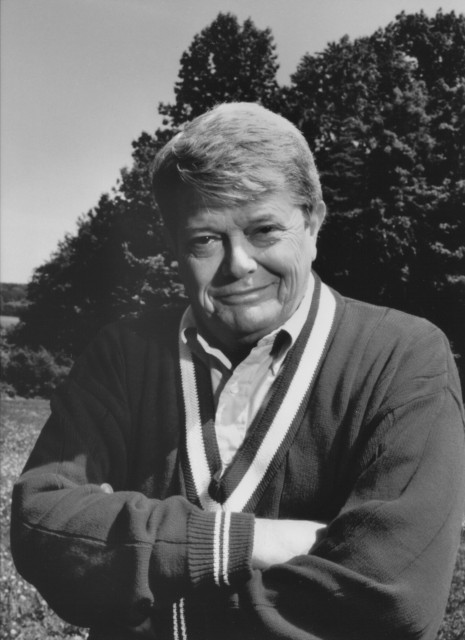Howard Ensign Simmons, Jr.
1929-1997

Simmons was a leading industrial scientist who, at the DuPont Company, carried out important organic research. With co-worker Ronald D. Smith he discovered what is now known as the Simmons-Smith reaction, a method for adding a methylene group to a carbon-carbon double bond to form a cyclopropane. The reagent is methylene iodide and a zinc-copper couple (iodomethylzinc iodide). Other research accomplishments include generation of cyanonitrene and of disodium dimercaptomaleonitrile, both used to prepare polycyano products, and the synthesis of macrobicyclic diamines that exhibit in-out conformational isomerism. Having a love and aptitude for mathematics, Simmons published several theoretical papers. He developed novel ways to apply finite topology to problems of molecular structure, and published in 1989, with DuPont co-author Richard E. Merrifield, a monograph "Topological Methods in Chemistry".
Simmons was born in Norfolk, VA and obtained his B.S. (1951) and Ph.D. (1954) degrees at MIT, the latter working with J. D. Roberts (see portrait), with whom he performed the textbook-famous 14C labeling experiment showing the intermediacy of benzyne in the reaction of chlorobenzene with sodamide in liquid ammonia. Simmons joined the Central Research Department of DuPont in 1954 and rose through the ranks through Research Director (1974) and Research Vice-President (1979). He was an adjunct professor at the University of Delaware. Simmons was elected to the National Academy of Sciences (1975), was appointed to the National Science Board (of the NSF), received the National Medal of Science (1992) and the ACS Priestley Medal (1994). Simmons was an avid power-boatsman who enjoyed overnight cruising on the Chesapeake Bay. A heavy smoker for much of his life, Simmons succumbed, after a long struggle, to lung cancer and heart disease.
Sponsor: Professor Roberts
Location in chemistry building: Fifth Floor; East Wing North Wall; Sequence 6
Source: John D. Roberts